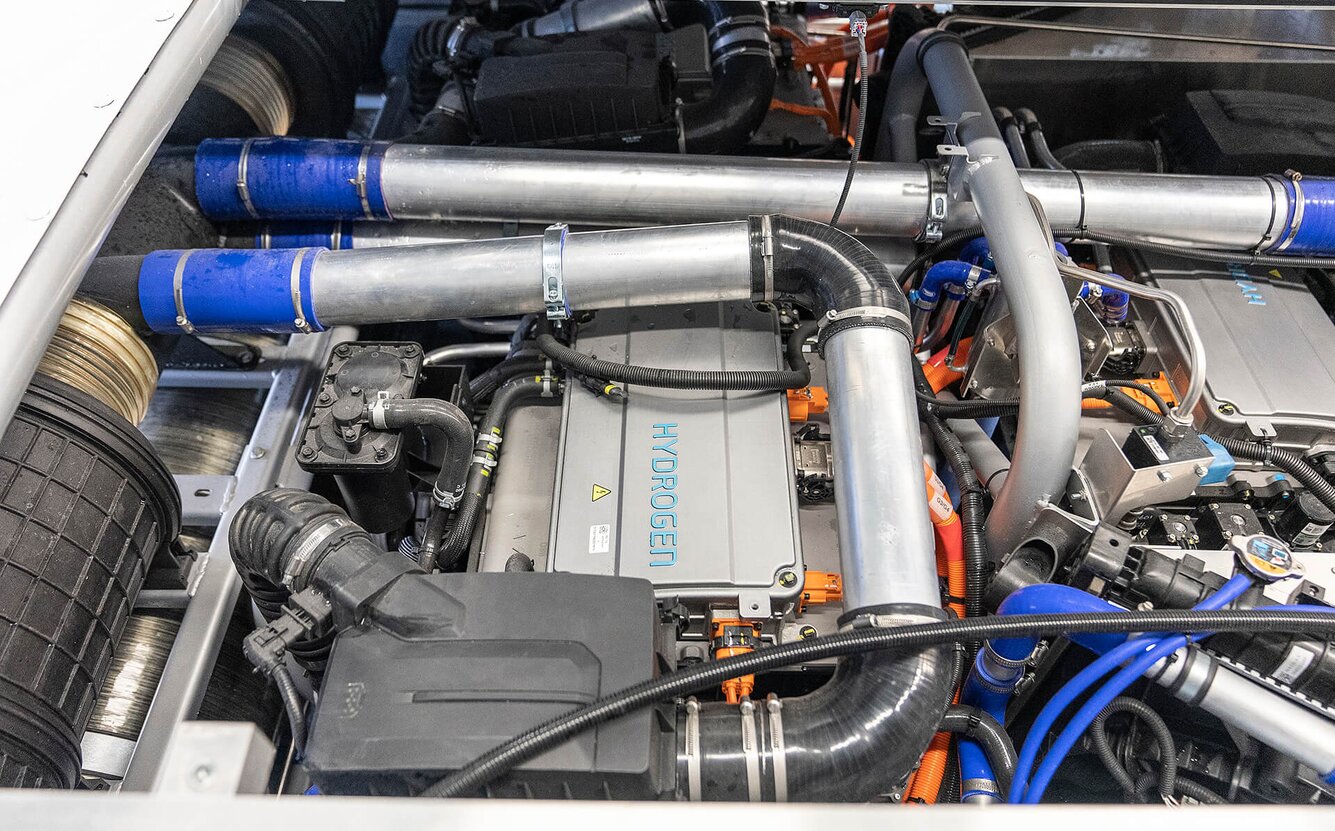
Functional Safety
Safety is our Highest Priority
Whenever developing complete vehicles, mechatronic systems, E/E systems, electronic hardware or software for road vehicles, such as passenger cars, trucks and buses, Engineering Center Steyr (ECS) constantly strives for making them as safe as possible.
Engineering Center Steyr is using the V-model for developing products for customers. By observing state-of-the-art standards for functional safety (FuSa), like ISO 26262 “functional safety of road vehicles”, ISO 25119 for agricultural tractors or the basic safety standard IEC 61508, we are able to develop systems and to provide development services to our customers covering the complete safety life cycle.
The business activities of ECS comprise consulting and development services regarding functional safety in the following phases
- Product Vision Phase
- Concept Phase
- Prototype Phase
- Pre-Series Phase
In functional safety, ECS is familiar with
- Mule, Prototype and Demonstrator Development, especially regarding Electrification, Hybridization, Fuel Cell
- System Development
- Complete Vehicle Development
Our field of expertise in FuSa stretches from integration of fuel cells into vehicles, hybridisation and electrification to system development and application software development up to ADAS (Advanced Driver Assistance System).
FuSa may also contribute to the development of the chassis and the interior of the cab especially regarding the HMI.
ECS is providing services mainly for trucks, passenger cars, LCVs, busses, special vehicles, agricultural tractors and construction machinery.
Cooperation with an OEM and FuSa responsibility assignment shall be guided by a Development Interface Agreement (DIA), which will be mutually agreed during quote phase or in the beginning of the project.
Generally, OEMs will be responsible at vehicle level. Therefore, they will often be responsible for the following functional safety work products:
- Item Definition
- Hazard analysis and risk assessment (HARA)
- Safety Goals
- Functional Safety Concept and Safety Requirements
- Validation of the Safety Goals / Safety Requirements Vehicle
Basically, ECS can also provide services / consult on these work products above. As the OEM usually knows his vehicle best, these services need a close cooperation.

Functional Safety for System Integration and Software Development
Provided ECS will get the high-level requirements of the functional safety concept, ECS will e.g.
- Perform risk and safety analyses
- Derive additional safety requirements inherent to the system
- Derive the technical safety concept including safety measures and safety mechanisms
- Break down high level requirements to software requirements and hardware requirements
- Define the software-hardware interfaces
- Create the application software
- Plan and perform verifications
- Define the verification and test strategy at system level.
- Discuss and define the FuSa content with system suppliers
- Build up prototypes for verification
- Create HILs for verification
- Specify validation tests to be performed at vehicle level for the considered system
- Support validation

ADAS FuSa Requirements
If ADAS is a topic during development, it is not sufficient to consider just failures of the system itself as ISO 26262 does. In this case, the environment with its infinite variety of situations must be considered in addition. When systems with sensors try to get an idea of the environment there is the possibility of misinterpretation.
Therefore, the SOTIF (safety of the intended function, ISO/PAS 21448) standard has to be considered in addition to make vehicles as safe as possible.
